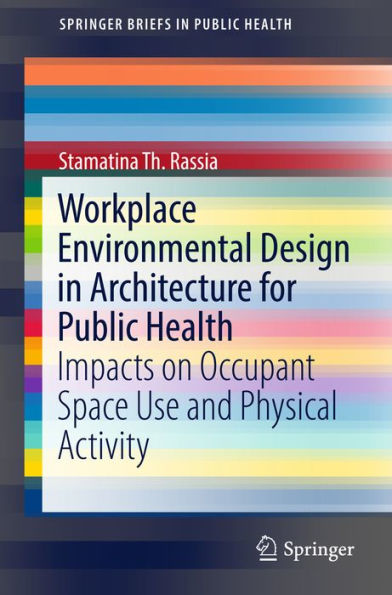This concise volume analyzes the potential for the workplace environment—where so many people spend so much of their day—to improve workers’ capacity for health and wellness. It pinpoints the link between sedentary lifestyles and poor health, and explores the role of office spatial design in encouraging physical activity to promote physical activity, health and prevent disease. The featured research study tracks workers’ movement in a variety of office layouts, addressing possible ways movement-friendly design can co-exist with wireless communication, paperless offices, and new corporate concepts of productivity. From these findings, the author’s conclusions extend public health concepts to recognize that influencing population-wide levels of activity through office architectural design alone may be possible.
This SpringerBrief is comprised of chapters on :
- Physical activity and disease: Theory and practice
- Space-use and the history of the office building
- Identifying factors of the office architectural design that influence movement,
- Interdisciplinary research methods in studying worker physical activity, decision-making and office design characteristics
- The KINESIS model for simulating physical activity in office environments
The questions and potential for solutions in
Workplace Environmental Design in Architecture for Public Health will interest and inform researchers in interdisciplinary topics of public health and architecture as well as graduate and post-graduate students, architects, economists, managers, businesses as well as health-conscious readers.



